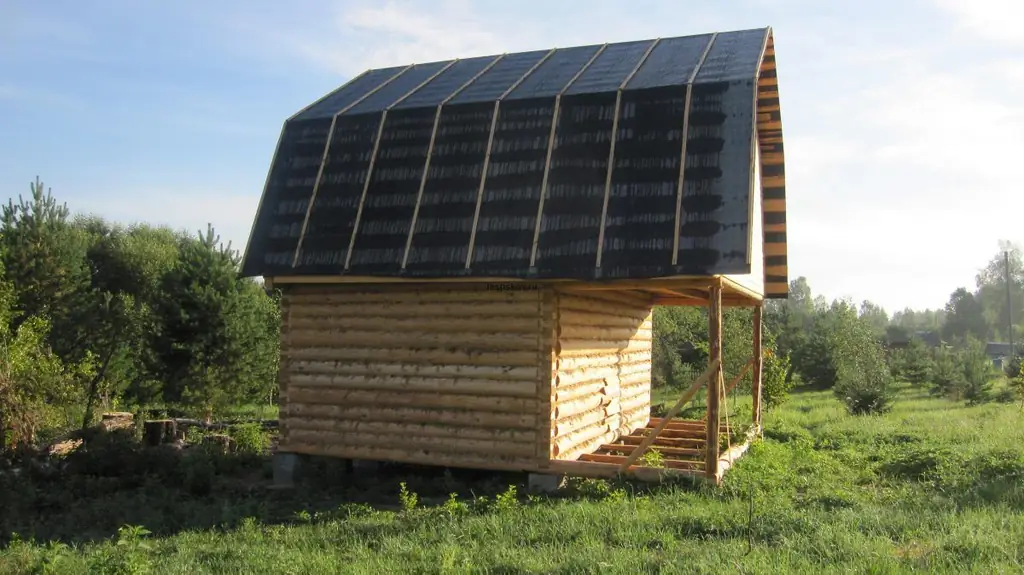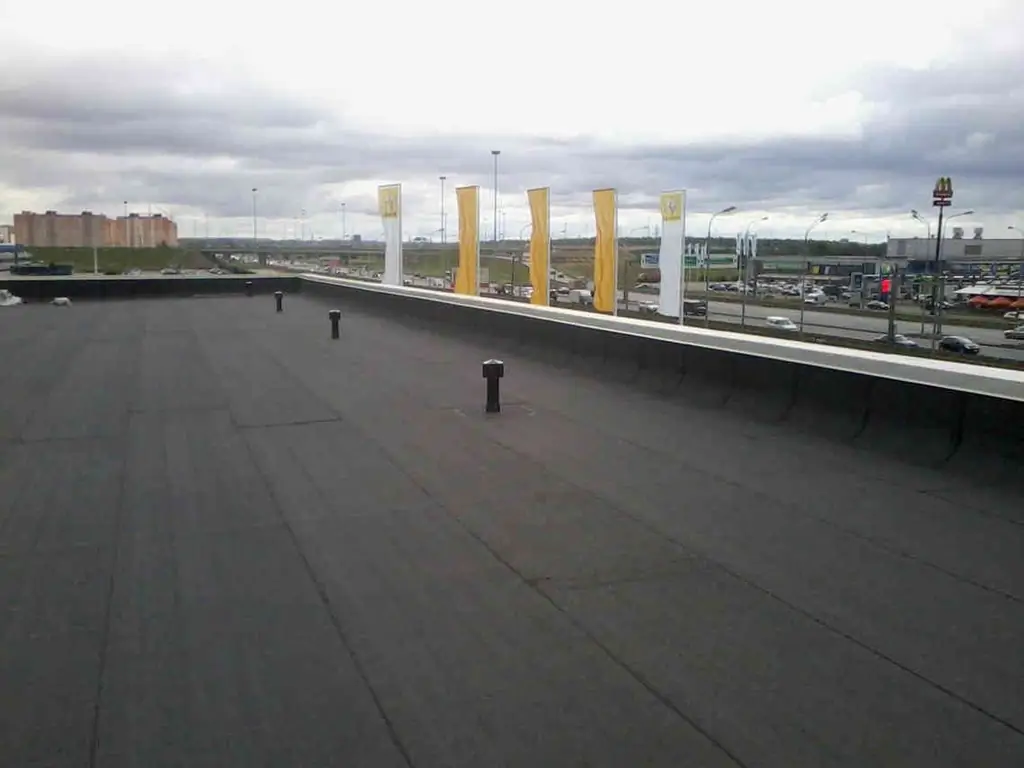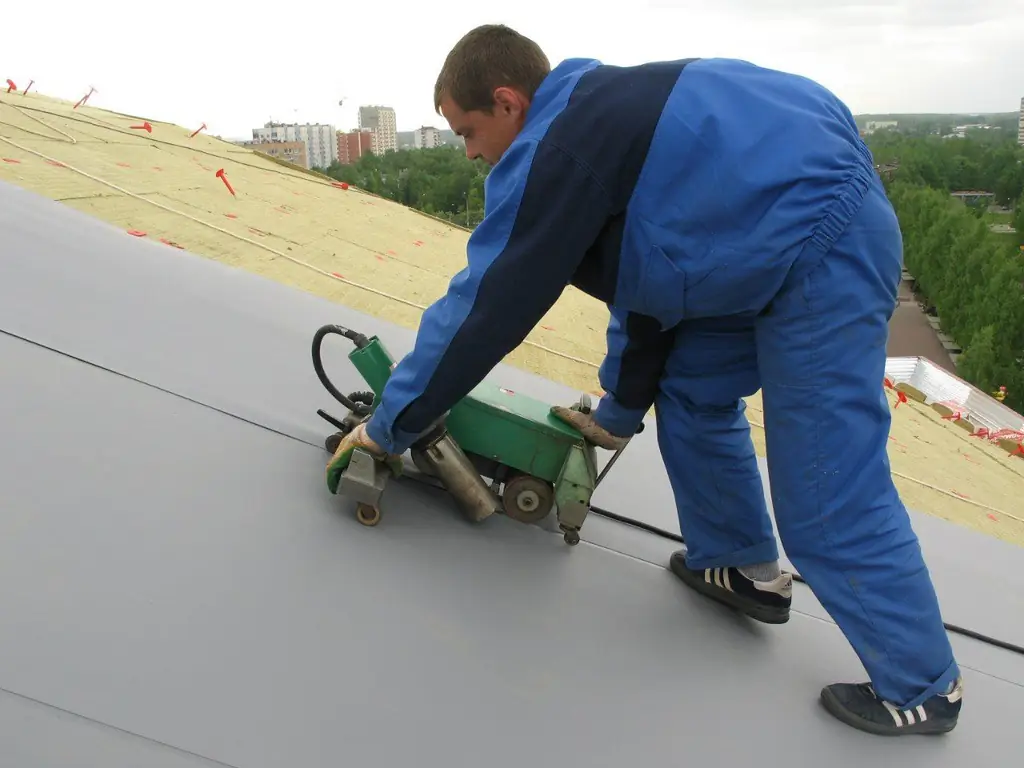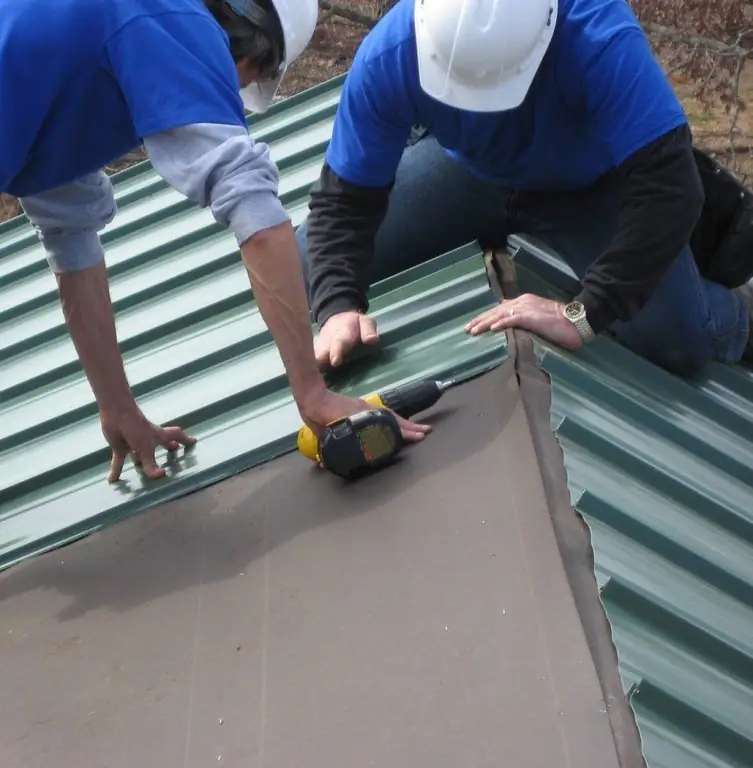
Table of contents:
- Author Bailey Albertson [email protected].
- Public 2023-12-17 12:53.
- Last modified 2025-01-23 12:41.
Every second housewife makes 6 mistakes when baking vegetables

Vegetables prepared in a gentle way and with a minimum amount of oil are not only healthy: they have a great aroma and bright taste, which is almost impossible to achieve when boiling and stewing. However, it is important to be able to cook them correctly and not make mistakes in order to preserve useful substances in them.
One vegetable is cut into different pieces
Root vegetables and kohlrabi cabbage must first be washed and dried, but not peeled. The best option is to bake on a wire rack set in the middle position. For cauliflower, divide the head of cabbage into several parts, rinse, dry with a towel and cut lengthwise.
Peppers and tomatoes are placed on top of the oven. Cook them for up to 15 minutes, until the skin cracks. Onions are peeled and cooked whole, but you can also use rings or slices. Eggplants are baked in 1 cm thick rings or in halves.
Different vegetables of the same thickness
When baking different vegetables at the same time, it is important to know which of them are cut how, so that at the end of cooking they have time to bake, but not dry out, while revealing a unique bouquet of taste.
Cut large champignons into halves, leave small ones whole. Cut the dense tomatoes into 2-4 pieces.
You need to take thick-walled pepper, then it will remain bright, sweet and soft. Peel it from seeds and cut into large pieces.
Pouring oil at random
Vegetables with a porous structure such as eggplants and mushrooms require more oil than root vegetables. The recommended amount is 2 tablespoons.
The best way to prepare a vegetable mixture for baking is to add salt, oil (preferably olive oil), spices. Stir with your hands to get a better feel if all the pieces are evenly coated with oil.
Cover tightly

Vegetables contain a lot of liquid, and the high edges of the mold will keep it from evaporating completely, so they will end up watery.
It is advisable to bake them in the oven on a baking sheet. But you can also cook in a culinary bag or foil, then 10 minutes before the end of baking, remove the top of the film and bake them open.
Lay the pieces tightly to each other
Leave some space between the vegetables to cook evenly, tender and crunchy, as they give off steam when baked and expand.
When placed tightly, they press on each other, secrete excess liquid and turn out to be watery. When they are free on a baking sheet, they will be more fried, acquire a beautiful golden color.
Poorly warming up the stove
The recommended temperature for baking vegetables is at least 200 degrees. At a lower cooking temperature, they do not cook enough inside.
Tomatoes are baked for 15 minutes at 180 degrees. The rest of the vegetables, except for potatoes, - 30 minutes at 200 degrees or 20 minutes at 250 degrees.
Remember to turn the vegetables at least 2 times when baking so that they are evenly browned.
Recommended:
Installation Of Seam Roofing, Including With Your Own Hands, The Main Stages Of Carrying Out, As Well As How To Avoid Major Mistakes

What is a seam roof. What tools and material are needed for installation. Coating laying technology, stages of installation. What mistakes can be made
Roofing Made Of Roofing Material: Features Of The Device And Operation, Repair, How To Avoid Mistakes During Installation

Roofing roofing felt: features, manufacturers and types of material. Installation of soft roofing: calculations, tools, nuances and mistakes. Roof operation
The Welded Roof, Including The Features Of Its Construction, Operation And Repair, As Well As How To Avoid Mistakes During Installation

The main features and characteristics of the overlaid roof. Materials and tools required for the job. Installation, operation and repair of the overlaid roof
Membrane Roof, Including The Features Of Its Design, Operation And Repair, As Well As How To Avoid Mistakes During Installation

Technical characteristics, advantages and disadvantages of membrane roofing. Features of installation. Rules for the operation, maintenance and repair of a membrane roof
Fastening The Profiled Sheet On The Roof, Including How And How To Do It Correctly, As Well As How To Avoid Mistakes

Fastening options and methods of fixing the corrugated board on the roof. How to determine the fixing step and draw up a diagram. Possible installation errors and how to avoid them
